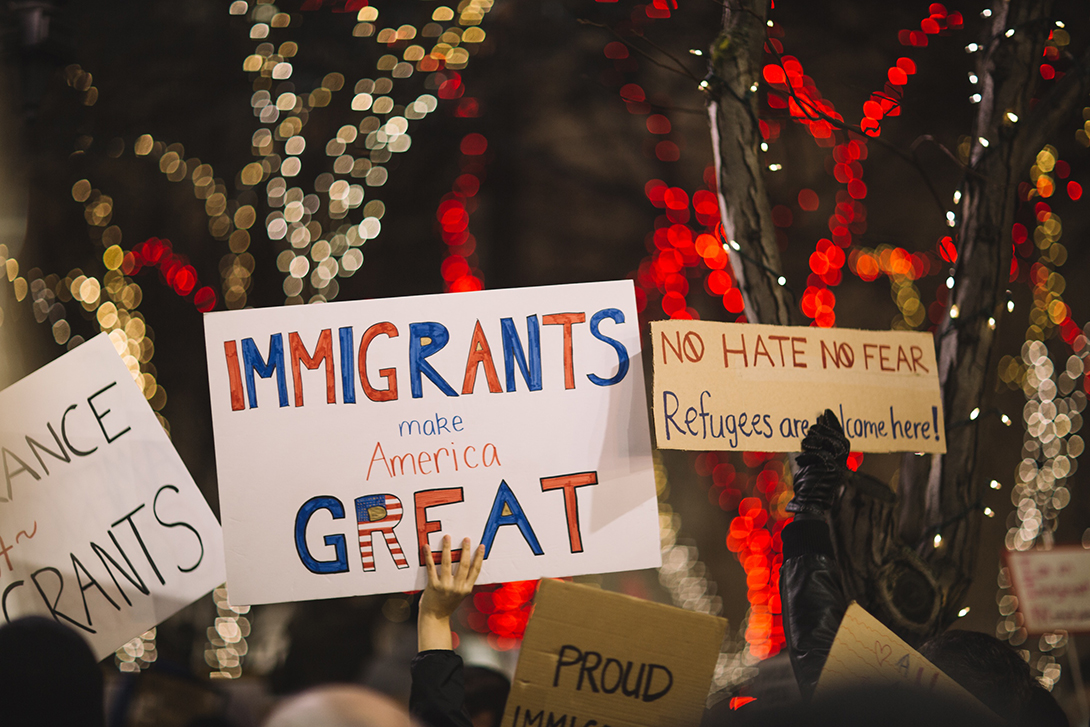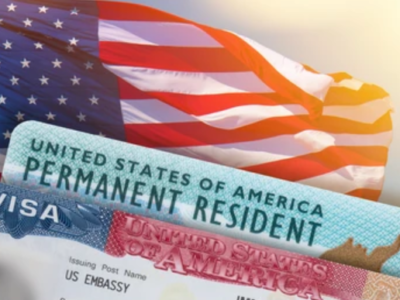Immigrating to the United States legally isn’t as easy as it once was. Immigration laws are intended to find a balance between helping out those from other countries who want better opportunities and protecting the freedoms of American citizens and anyone else in the country.
When you’re trying to figure out how to become a legal immigrant, you might be feeling overwhelmed. Here is some guidance on how to become a legal immigrant.
Understanding the U.S. Immigration System: Core Concepts
To successfully navigate the U.S. immigration process, it’s essential to understand the system’s underlying structure. Legal immigration is broadly divided into several channels:
- Family-based Immigration
- Employment-based Immigration
- Humanitarian Grounds (Asylum, U Visa, T Visa)
- Diversity Visa Lottery
- Special Provisions (DACA, LIFE Act, Provisional Waivers)
Each pathway has unique eligibility requirements, procedural forms, timelines, and legal definitions of admissibility or ineligibility.
Major Legal Immigration Pathways
Family-Based Immigration
Family reunification is one of the most foundational pillars of U.S. immigration law. This category allows U.S. citizens and lawful permanent residents (LPRs) to sponsor relatives.
Immediate Relatives of U.S. Citizens:
- Spouses
- Unmarried children under 21
- Parents
This category is not subject to annual caps, which can significantly speed up the process.
Family Preference Categories:
- F1: Unmarried sons and daughters of U.S. citizens
- F2A/F2B: Spouses, children, and unmarried adult children of LPRs
- F3: Married sons and daughters of U.S. citizens
- F4: Siblings of adult U.S. citizens
Core Forms and Steps:
- I-130: Petition for Alien Relative
- I-864: Affidavit of Support to prove financial ability
- Visa Bulletin: Determines priority date and availability
Employment-Based Immigration (EB Visas)
U.S. employers and investors can sponsor foreign nationals through five preference categories. These visas often require labor market certification and detailed documentation of qualifications.
EB-1: Priority Workers
Includes persons with:
- Extraordinary ability in sciences, arts, education, business, or athletics
- Outstanding professors and researchers
- Multinational executives and managers
EB-2: Advanced Degree or Exceptional Ability
- Often requires a PERM labor certification
- Can include National Interest Waiver (NIW) if the applicant’s work benefits the U.S.
EB-3: Skilled Workers, Professionals, and Other Workers
- For positions requiring at least 2 years of training/experience or a bachelor’s degree
- Also includes unskilled labor (less than 2 years of training)
EB-4 and EB-5:
EB-4: Religious workers and certain special immigrants
EB-5: Immigrant investors who invest $800,000+ in U.S. projects creating 10+ jobs
Required Forms:
- PERM (ETA Form 9089): Labor certification by the Department of Labor
- Form I-140: Immigrant Petition for Alien Worker
- Form I-485 or DS-260: Adjustment of status or consular processing
Diversity Visa (DV) Lottery
Every year, the U.S. government provides up to 55,000 immigrant visas through a lottery to individuals from countries with low immigration rates to the U.S.
Requirements:
- Born in an eligible country
- High school diploma or 2 years of work experience in a job that requires 2 years of training
- Apply through the Electronic Diversity Visa Entry Form (E-DV Entry Form)
Humanitarian-Based Immigration
Asylum and Refugee Protections
- Asylum is granted to individuals already in the U.S. or at a port of entry who can prove a well-founded fear of persecution due to race, religion, nationality, political opinion, or membership in a social group.
- Refugees apply from abroad and are processed through the U.N. or U.S. embassies.
Process:
- Form I-589: Application for Asylum and Withholding of Removal
- One-Year Rule: Must apply within one year of entry unless special exceptions apply
U Visa and T Visa Protections
U Visa:
For victims of crimes such as domestic violence, sexual assault, or human trafficking who:
- Suffered substantial physical/mental abuse
- They are helpful to law enforcement
T Visa:
Specifically for victims of human trafficking
Forms:
Already in the U.S.? Options for Adjustment
Provisional Unlawful Presence Waiver (I-601A)
If you are undocumented but married to a U.S. citizen or have other qualifying relatives, you may be eligible for a provisional waiver before departing for your visa interview abroad.
This helps avoid extended bans (3 or 10 years) for unlawful presence.
Marriage-Based Immigration
Marriage to a U.S. citizen or LPR is a valid pathway to legal status, but it must be legitimate. The USCIS requires extensive evidence to prove the authenticity of the relationship.
Required Documents:
- Marriage certificate
- Joint leases or mortgages
- Photographs taken together over time
- Proof of cohabitation and shared finances
Key Forms:
- I-130 + I-485 for concurrent filing (if already in the U.S.)
- DS-260 for those abroad
- I-751: Petition to Remove Conditions on Residence
Special Cases: DACA, LIFE Act, and Status Bridging
DACA:
Though not a direct path to residency, some recipients may obtain work authorization and eventually seek sponsorship through employers.
LIFE Act (Section 245(i)):
Allows adjustment of status for undocumented individuals if they had a petition or labor certification filed before April 30, 2001, even if they entered illegally.
Common Forms Involved in U.S. Immigration
| Form | Purpose |
|---|---|
| I-130 | Family-based immigrant petition |
| I-140 | Employment-based immigrant petition |
| I-485 | Adjustment of status |
| DS-260 | Immigrant visa application from abroad |
| I-601/I-601A | Waivers for inadmissibility |
| I-765 | Employment Authorization Document (EAD) |
| I-131 | Advance Parole for travel while adjusting |
| I-864 | Affidavit of Support for family cases |
Why You Need an Immigration Attorney
Working with an immigration attorney significantly increases your chance of success. Our team at Hussain Gutierrez Law will:
- Analyze your eligibility for various paths
- Prepare and file accurate documentation
- Handle Requests for Evidence (RFEs)
- Represent you in interviews or court hearings
- Help you avoid mistakes that could delay or deny your petition
Book your consultation and secure your legal path today.
Step-by-Step Immigration Checklist
- Identify the most suitable path (family, work, humanitarian)
- Confirm eligibility based on U.S. immigration law
- Collect all necessary supporting documents
- File the required USCIS or NVC forms
- Complete biometrics and medical exams
- Attend interviews
- Receive approval and immigrate legally
Frequently Asked Questions (FAQs)
What is the fastest way to immigrate legally?
Immediate family sponsorship by a U.S. citizen is often the fastest due to no annual caps.
What forms do I need to adjust status inside the U.S.?
You’ll need I-485, I-765, I-131, and possibly I-601 or I-864, depending on your case.
Is overstaying a visa forgivable?
Overstaying may be forgiven under certain waivers, especially if married to a U.S. citizen.
What happens if my petition is denied?
You may appeal, reapply, or in some cases, be placed in removal proceedings—another reason legal guidance is critical.
How long does the green card process take?
It varies: from 6 months (marriage) to 10+ years (certain family categories), depending on visa backlogs.
Let Hussain Gutierrez Law Help You Navigate Immigration with Confidence
Legal immigration to the U.S. is complex, but not impossible. With the right strategy, documentation, and legal support, your path can be smooth, lawful, and successful.
Start your journey with confidence. Contact Hussain Gutierrez Law today for experienced, personalized immigration support.



